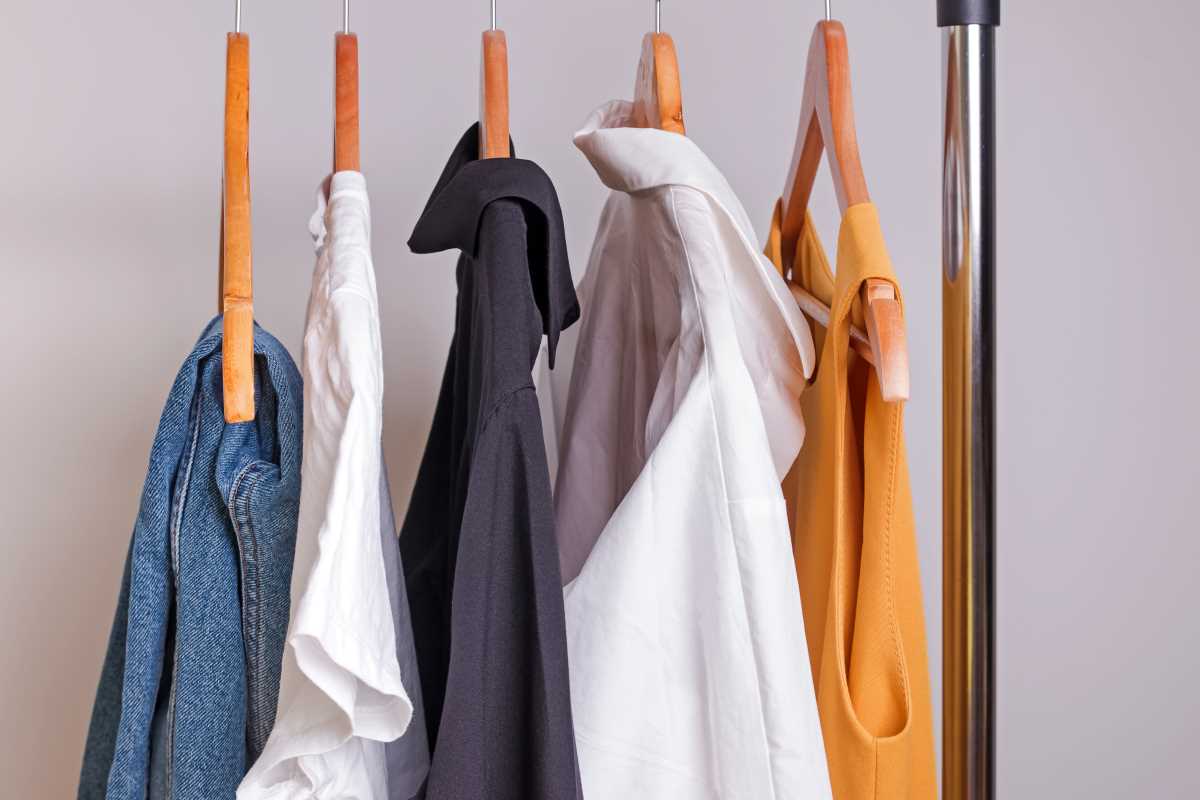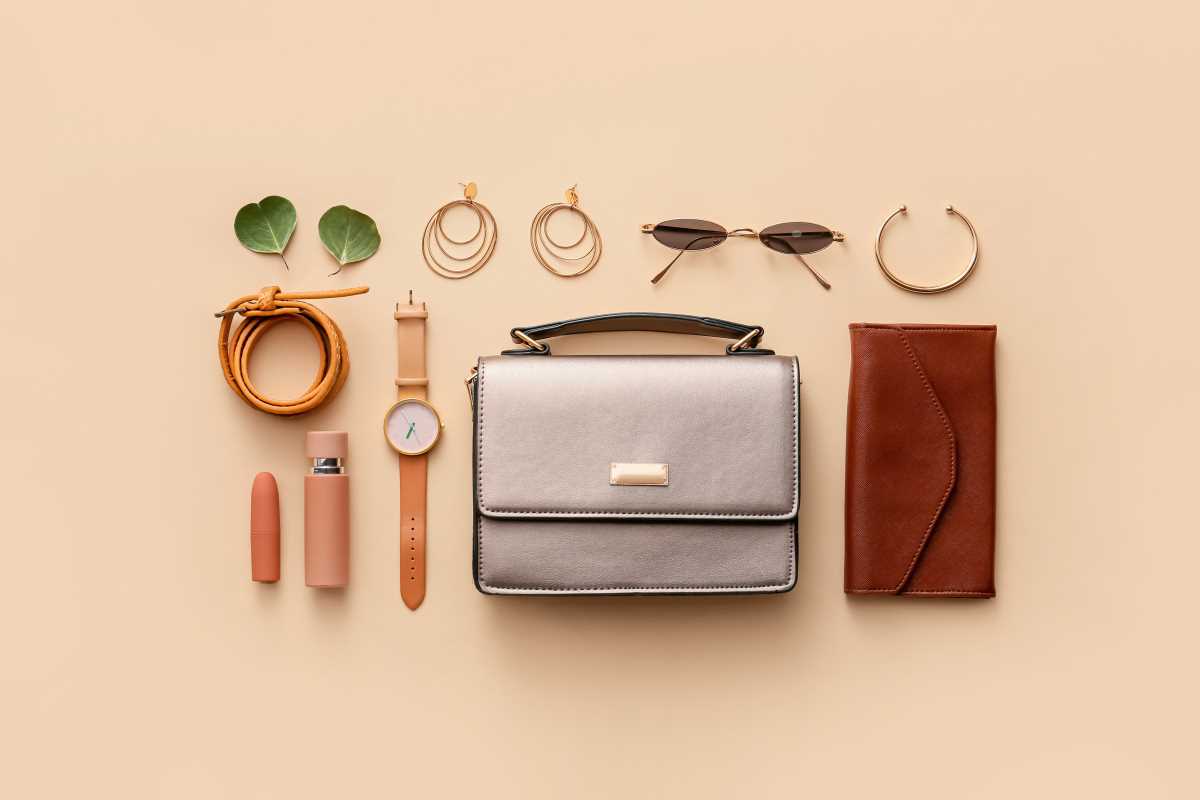Ever since fast fashion became the norm, the environmental impact of the clothing industry has surged, leading many to seek more sustainable alternatives. Sustainable fashion isn't just a trend; it's a necessary shift towards reducing waste and promoting ethical practices in how we dress. One of the most effective ways to embrace this movement is by creating a timeless wardrobe with thrifted finds. Not only does thrifting offer unique and affordable pieces, but it also supports a more eco-friendly lifestyle.
Building a wardrobe that transcends seasonal trends can seem daunting, but with the right approach, it becomes an enjoyable journey of discovery and self-expression. By focusing on quality, versatility, and sustainability, you can curate a collection of garments that look great and stand the test of time.
The Benefits of Thrifting
Thrifting offers many advantages beyond just saving money. By choosing second-hand clothing, you're actively participating in reducing textile waste, which is a significant contributor to environmental degradation. Each pre-loved item you purchase helps decrease the demand for new production, lowering your carbon footprint.
Moreover, thrift stores are treasure troves of unique and vintage pieces you won't typically find in mainstream retail outlets. This uniqueness allows you to express your style more authentically, setting you apart from the crowd. Thrifting fosters a sense of community and supports local businesses, especially when you shop at independent thrift shops or consignment stores.
How to Spot Quality Pieces
When thrifting, identifying high-quality items ensures that your wardrobe remains durable and stylish for years to come. Here are some key characteristics to look for:
- Fabric Quality: Natural fibers like cotton, wool, silk, and linen are more durable and breathable compared to synthetic materials. Feel the fabric to assess its texture and strength.
- Stitching and Construction: Examine the seams for consistency and strength. Well-constructed garments have even stitching and no loose threads.
- Condition: Check for any signs of damage such as stains, holes, or excessive wear. Minor imperfections can sometimes be fixed, but extensive damage may not be worth the investment.
- Fit and Silhouette: Ensure that the piece has a flattering shape and can be tailored if necessary. Timeless styles often feature classic cuts that remain in vogue over time.
- Details and Finishes: Look for quality details like sturdy buttons, functional zippers, and well-attached linings. These elements indicate a garment's longevity.
Building a Timeless Wardrobe
A timeless wardrobe is all about selecting pieces that remain stylish across different seasons and trends. Start by focusing on foundational items that can be mixed and matched effortlessly. Essentials like a well-fitted blazer, classic jeans, a white button-down shirt, and a little black dress are versatile staples that never go out of style.
When selecting items for your timeless wardrobe, prioritize quality over quantity. Investing in durable materials and classic designs ensures that your clothes will last longer and remain relevant. Choose neutral colors and simple patterns that can easily complement various outfits, making it easier to create multiple looks from a limited number of pieces.
Mix and Match: Creating Versatile Outfits
One of the joys of having a timeless wardrobe is the ability to create numerous outfits from a few key pieces. Mixing and matching allows you to maximize the potential of each item, ensuring that you always have something suitable to wear for any occasion. Start by pairing basic items with statement pieces to create balanced and interesting looks.
Don't be afraid to experiment with different combinations. Layering can add depth and dimension to your outfits, while accessorizing can transform a simple ensemble into something eye-catching. By understanding the versatility of each garment, you can effortlessly switch up your style without constantly buying new clothes.
Eco-Friendly Fashion Tips
- Choose Sustainable Materials: Opt for clothing made from organic, recycled, or biodegradable materials to reduce environmental impact.
- Care for Your Clothes Properly: Follow care instructions to extend the life of your garments. Hand washing and air drying can prevent damage and wear.
- Repair and Alter: Fix minor damages like loose buttons or small tears instead of discarding items. Tailoring can also help achieve a better fit, enhancing the longevity of your clothes.
- Buy Less, Choose Well: Focus on purchasing fewer, high-quality pieces that you love and will wear often rather than accumulating a large quantity of items.
- Support Ethical Brands: When purchasing new items, research and support brands that prioritize ethical manufacturing practices and sustainable materials.
Accessorizing Sustainably
Accessories play a crucial role in elevating your outfits and adding personal flair. Choosing sustainable accessories ensures that your entire look aligns with eco-friendly principles. Consider investing in timeless pieces like a classic leather belt, a versatile scarf, or a durable handbag that can be used across various seasons and styles.
Thrift stores are excellent places to find unique accessories that can add a vintage touch to your wardrobe. Look for accessories made from recycled or upcycled materials, which further contribute to reducing waste. By thoughtfully selecting your accessories, you can enhance your outfits while maintaining a commitment to sustainability.
Embracing thrifted fashion is more than just a style choice; it's a commitment to a more sustainable and mindful approach to dressing. By carefully selecting quality pieces, building a versatile wardrobe, and adopting eco-friendly practices, you can enjoy a timeless and ethical fashion journey. Start exploring thrift stores today and discover the endless possibilities that await in creating a wardrobe that reflects both your personal style and your values.







